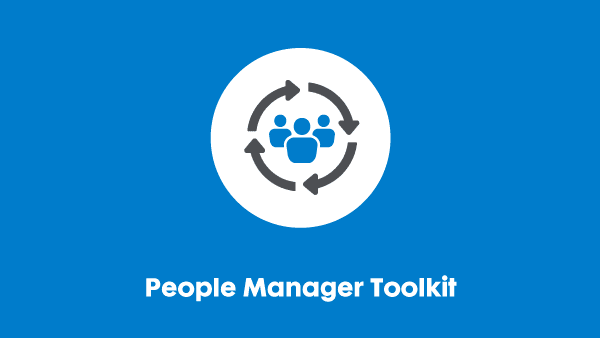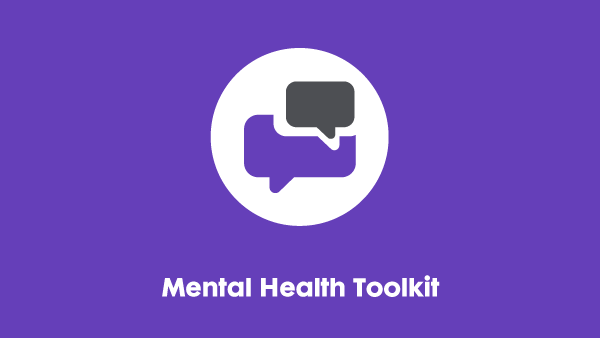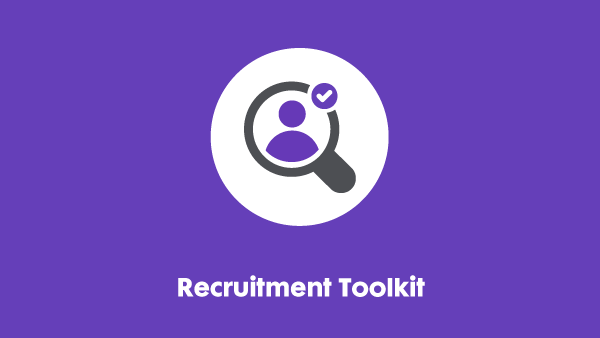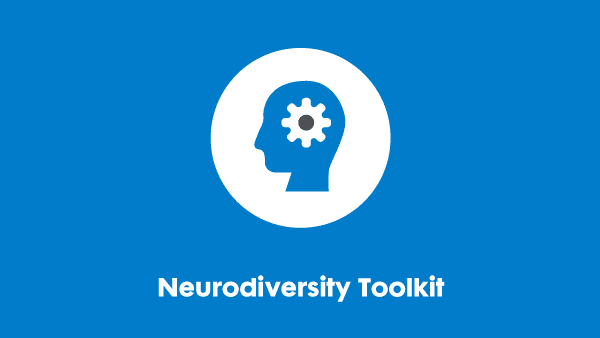Last updated: 2 July 2025
People Manager Toolkit
In this Toolkit you will find practical advice and tips on how to tackle barriers that your disabled colleagues might face so that everyone can in your team can thrive and work to the best of their ability.
In each section you will find a guide and downloadable resources to share with people managers in your organisation. These include an introduction, best practice guidance and scenarios that show how the guidance can be put into practice. We will also be adding more resources over time.
You can see a contents list of all the resources in this Toolkit, or browse them below.
We’d like to thank all members of the steering group for providing feedback and materials during the creation of this toolkit:
While the advice in this toolkit represents good practice for people managers, it is based in UK law and culture. For this reason, there may be aspects that are not applicable outside the UK. If you would like advice for people managers operating in other countries and jurisdictions, see our series of Global guides.
Members and Partners enjoy exclusive access to the full range of Knowledge Hub resources and additional membership benefits.



